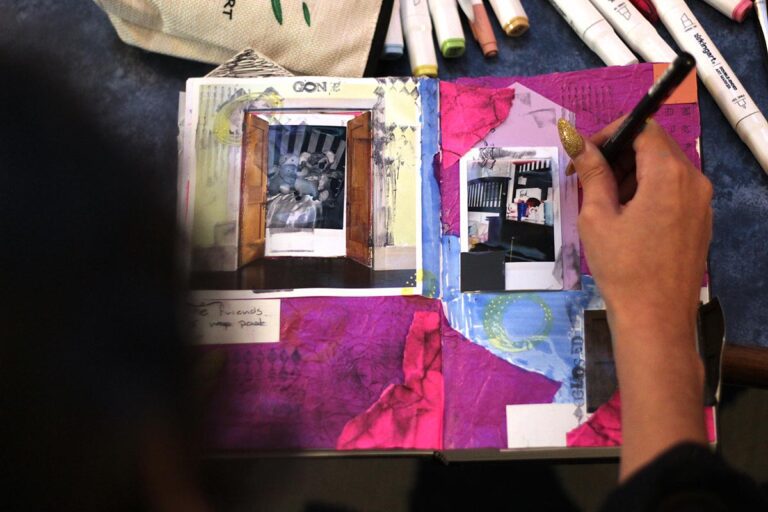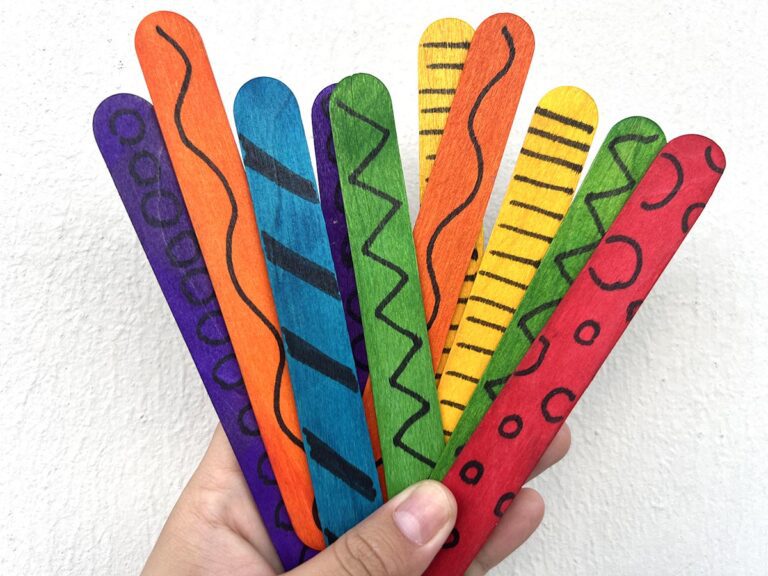How often do you incorporate play into your secondary classroom? Play doesn’t necessarily mean recess, although it can! With younger students, play looks like make-believe, participating in games, interacting with friends, or experimenting with toys and other objects. Activities like these are prevalent in elementary school classrooms, but far less common in the secondary classroom. By the time students are in middle school or high school, teachers assume students are too mature for play. Teachers may also feel their older students learn better from more straightforward approaches to learning. While students do outgrow some types of play, other types of play, such as activities that promote enjoyment, exploration, and control, are still valuable learning tools.
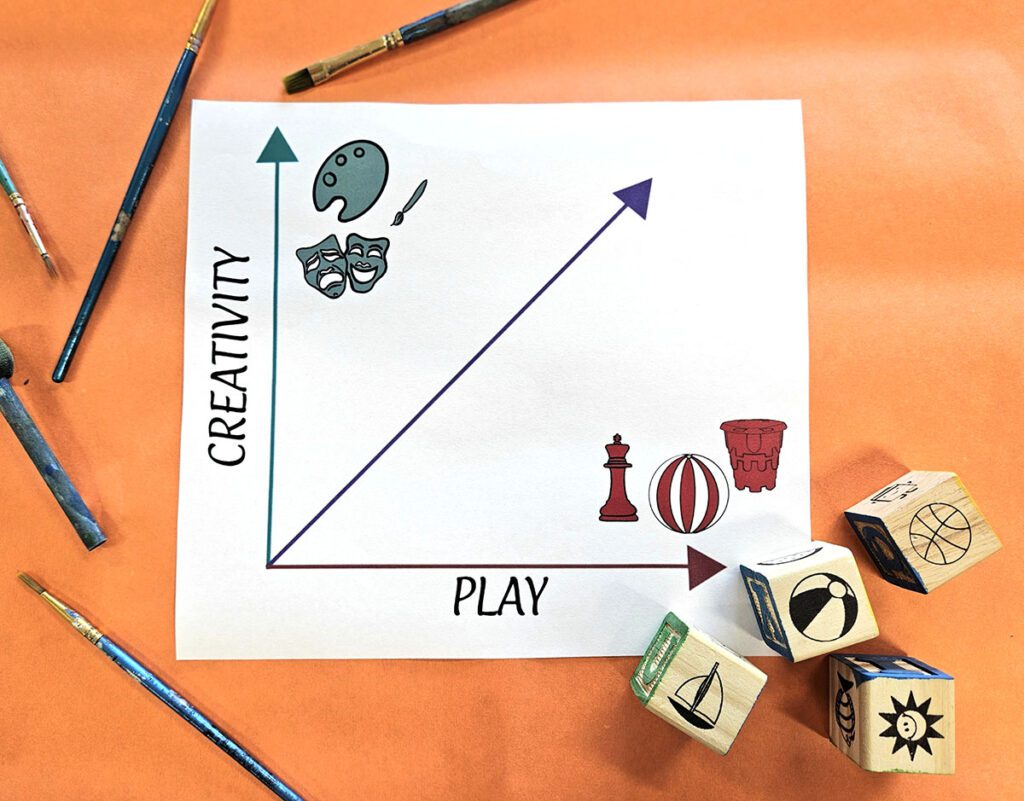
Let’s look at four benefits of play.
- Increases social skills.
Cooperative in-person play can help students redevelop social skills lost during the pandemic. - Heightens creativity.
According to the National Center of Biotechnology Information, there is a strong correlation between play and creativity. What art teacher wouldn’t want their students to have increased creativity? - Elevates self-worth.
Play is also good for students’ self-esteem. Students learn resilience and problem-solving through play, which gives them confidence in their abilities. - Reduces stress.
The affective filter, or learner’s attitude, is an imaginary barrier to learning. If learning is stressful for students, their affective filter is high, and they are less likely to retain their learning. Play lowers the affective filter by reducing the stress and high amounts of structure associated with learning. Play gives high school students relief from their ever-increasing responsibilities at work, school, and home.
Here are five ways to incorporate play in the secondary art room.
1. Allow experimentation before demonstrations.
For older students, play can be as simple as giving them art supplies with few instructions. This allows students time and space to participate in inquiry and pushes them to ask themselves how to make the medium work for whatever purpose they’ve assigned to it. It allows them the freedom to experiment with non-traditional, creative techniques. Instead of assuming they can only use the medium in the way the teacher has demonstrated, their imagination is the only limit. Picture a student layering acrylic paint and then carving it like a linoleum block instead of creating a traditional painting on canvas.
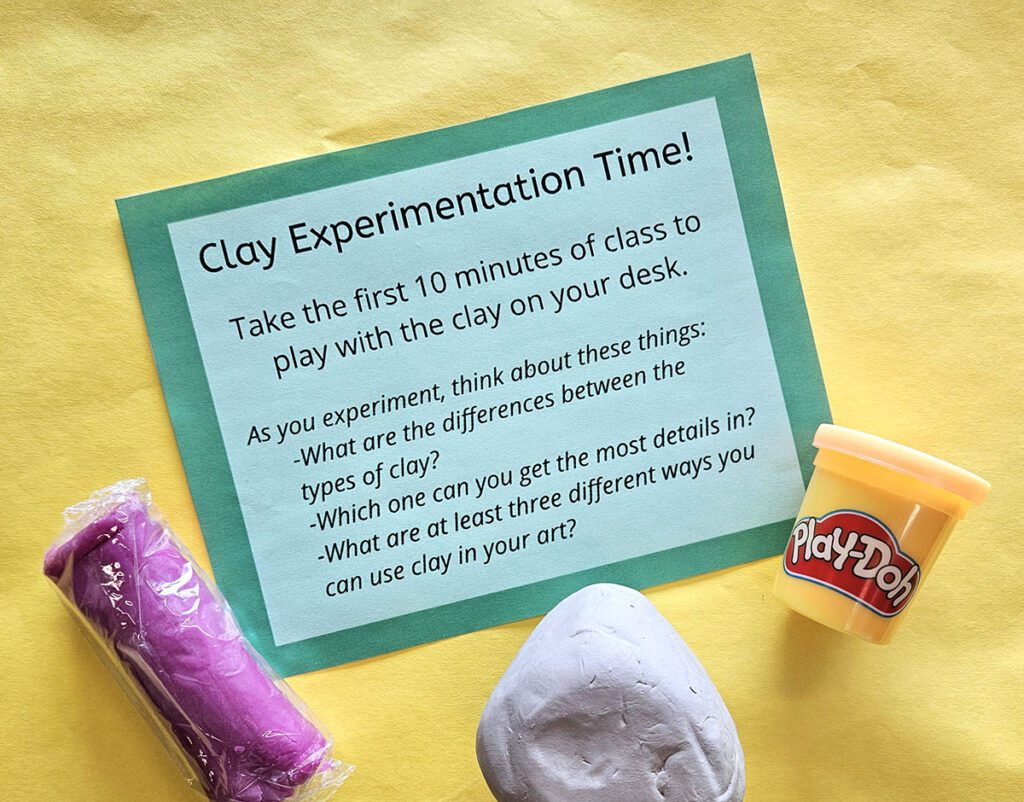
2. Transform assessments into games.
Secondary students aren’t above enjoying a game or two, even if they know the purpose of the game is to learn. For example, Kahoot! is a popular online game used for pre- and post-assessments. Give students a little extra excitement by logging in as a player yourself, but with a silly pseudonym. Students will go crazy trying to figure out who the know-it-all mystery player is!

3. Give students choice.
Projects feel more like play when students get to choose their medium and subject matter. While there is a time and place for cookie-cutter art, they can make projects feel more like assignments versus meaningful artwork. Give students autonomy, freedom, and fun with choices as they complete their artwork. If you want to know more about how to make choice work for your classroom, check out the graduate course, Choice-Based Art Education.
4. Showcase unique artists, techniques, and mediums.
While students sometimes come up with their own unconventional methods, highlighting out-of-the-box artists lets students know you appreciate and expect uniqueness. They’ll feel more comfortable playing around with mediums to find their own style, application, and process.
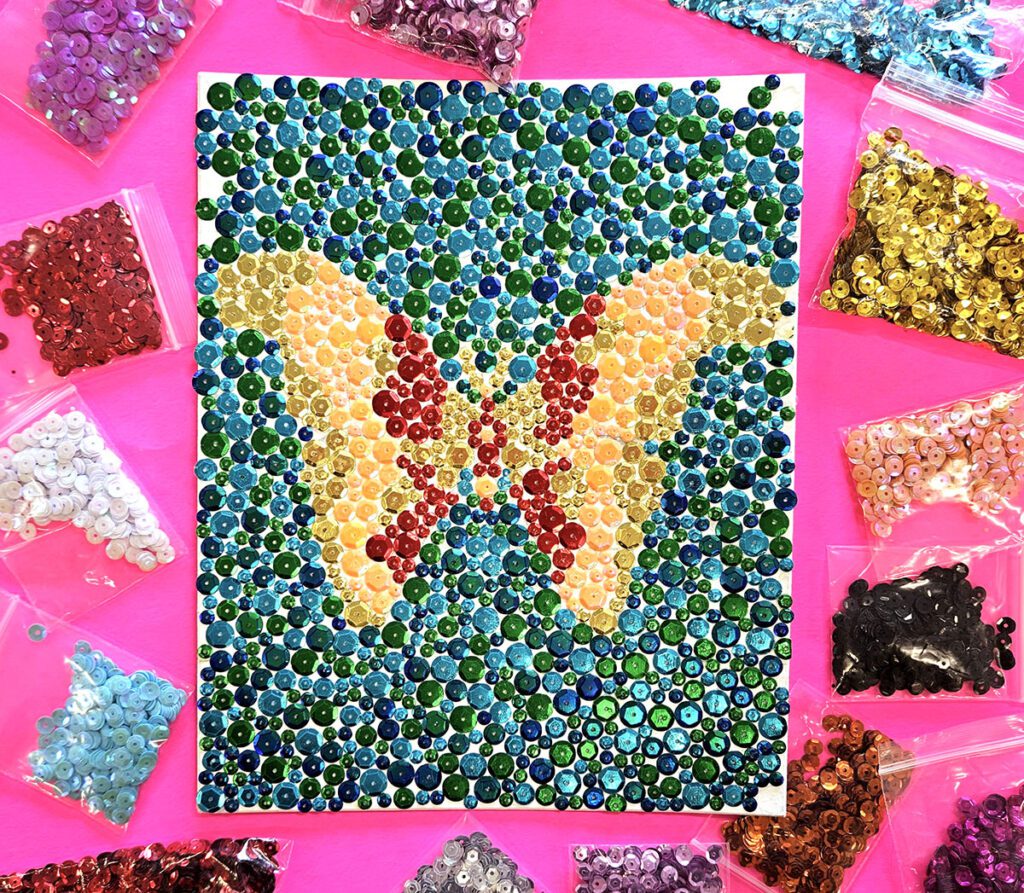
5. Give students challenges and foster friendly competition.
Let students play with different solutions as they figure out a problem. For example, ask students to build the tallest structure possible using only the supplies at their table. Along the way, they’ll have to play with the supplies to make them work for the challenge. Adding creativity or design challenges to the curriculum helps students retain content and skills. Even if students know the challenge is to help them learn, their competitive nature will still kick in!
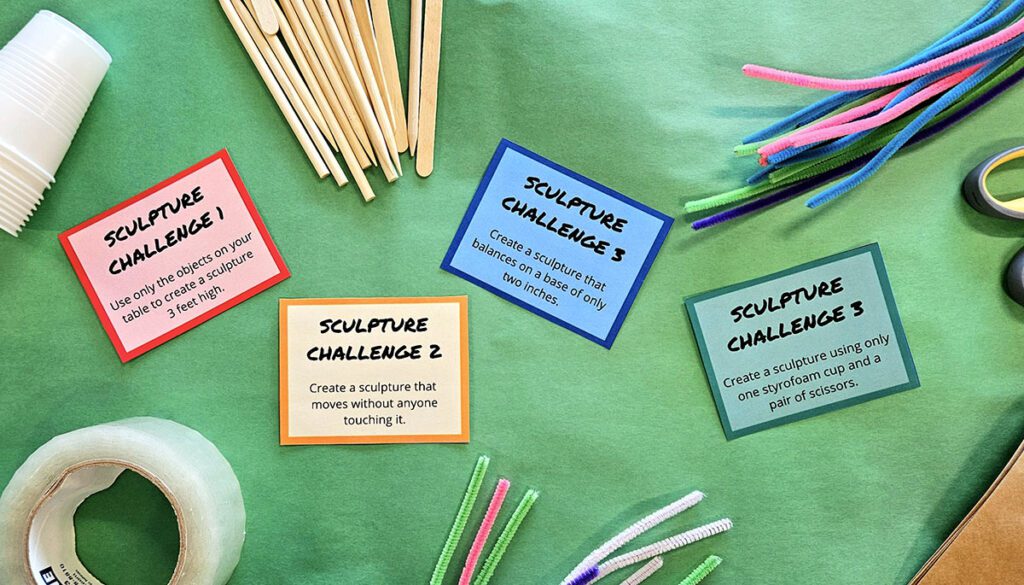
Students in middle school and high school need the social and emotional development that play promotes, as well as the benefits of increased self-worth, ability to learn, and reduced stress. Give play a chance and allow students to experiment before demonstrations, play games instead of taking traditional assessments, and have a choice in their medium and subject matter. Promote play by showcasing unique artists and techniques, giving your students challenges, and allowing them to compete. While play in the secondary art room looks different than it does in the elementary classroom, make it a valuable addition to your curriculum this year.
How do you incorporate play into your secondary curriculum?
What other benefits have you seen from play-based activities?
Magazine articles and podcasts are opinions of professional education contributors and do not necessarily represent the position of the Art of Education University (AOEU) or its academic offerings. Contributors use terms in the way they are most often talked about in the scope of their educational experiences.




